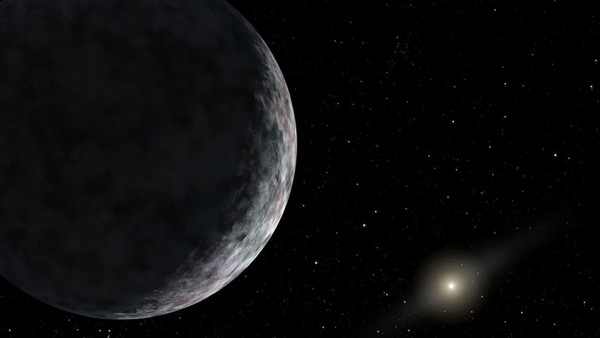Astronomers have recently detected the most distant object in the solar system, some three times the distance of Pluto from the sun or about 103 astronomical units, in relation to the sun. One astronomical unit is equal to the distance of Earth from the center of the solar system.
Since it is still reeled in by the sun's gravitational forces, this distant object is still considered part of the solar system.This distant object is known as V774104 where it is only located outside the Kuiper Belt, where dwarf planets Pluto and Eris are dwelling. Prior to this new finding, Eris was considered to be the farthest known object inside the solar system, some 96 astronomical units from the sun.
To date, astronomers still consider this as a mystery as how these icy objects are flung outside in the outskirts of the solar system, beyond the Kuiper Belt, near the Oort Cloud where planetary laws do not exist anymore.
According to astronomer Scott Sheppard from the Carnegie Institution for Science, his team made this discovery just some weeks ago when they were taking observations of the solar system in Hawaii using the Japan's 8-meter Subaru Telescope. Sheppard says that the planet's orbit is still unknown and the only time this object will become interesting will all depend on its current orbit.
Now, astronomers are eager to determine the type of orbit V774104 is currently involved in. This orbit can also be due to Neptune's gravitational forces where this can bring the icy body closer to the sun and similarly, this can also possess the same path as Sedna, which is a large minor planet some 86 astronomical units from the sun and 2012 VP113, that is a dwarf planet located in the extreme edges of the solar system.
If V774104 is a dwarf planet or a large minor planet like the two above, then this icy world will still be governed by the sun's gravity which makes this newly identified object, more interesting says Sheppard. He adds that currently, there are no other object this far away from the sun, where this can help offer a better understanding of how the outer solar system was created.


